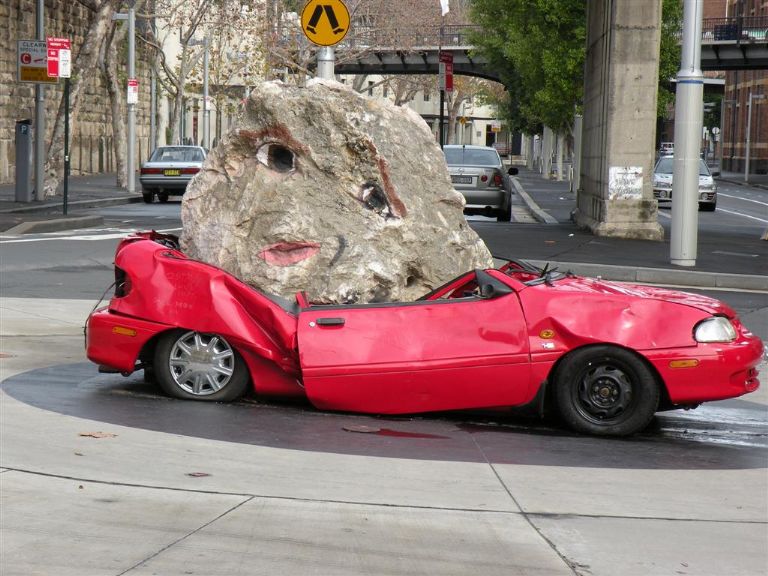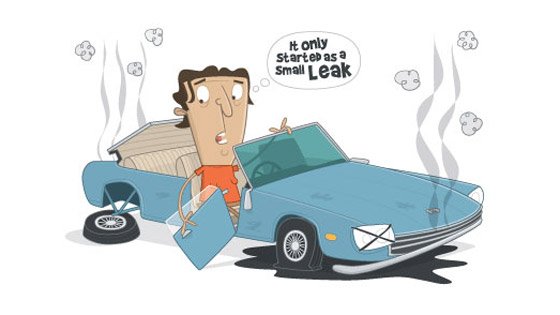Common Causes and Symptoms for a Check Engine Light
A car’s check-engine light (CEL) is usually the first indication that something is wrong. When that little dashboard light comes up, it can quickly induce a sensation of dread. However, without properly inspecting the error-code behind the light, there is no definitive way of knowing what the issue is. Thankfully, there are a few things you can do on your own to determine the severity of the issue, and whether or not it requires further inspection from a qualified mechanic. So, let's go over a few helpful tips for addressing your check-engine light, and the most cost-effective methods for getting it fixed.
System Reset

While the chances are rare, on occasion the onboard ECU will throw a false positive. By resetting your car’s onboard computer system, you can determine if your check-engine light is real, or something triggered by an anomaly. The most common way to reset your car’s ECU is to disconnect the battery terminals. Let the car sit for 5-10 minutes to ensure all residual juice has dissipated, and reconnect the battery. The ECU should reset. If the check-engine light is still present, then you likely have an actual malfunction somewhere. However, it is important to note that some newer vehicles have backup battery systems for storing ECU information, so a simple battery disconnect might not reset the system. Consult your vehicle’s operators manual for information on resetting your ECU and clearing check-engine lights.
Common Causes

Most check-engine lights are caused by a handful of common factors. According to a 2012 survey by CarMD for 160,000 vehicles, there are 10 common culprits that are responsible for most check-engine lights. They are listed below in no particular order.
- Failing Battery Charging System
- Faulty Exhaust Gas Recirculatory Valve
- Disconnected vacuum hoses or a faulty EVAP system
- Improperly Configured Aftermarket Alarms
- Failing Mass Airflow Sensor/System (MAS)
- Bad Spark Plugs
- Faulty Ignition Coils
- Bad Catalytic Converter
- Loose/Missing Fuel Cap
- Failing/Missing Oxygen Sensor
The most common culprit is the o2 sensor at 40% likelihood of causing the error. A failing catalytic converter and ignition coil come in 2nd and 3rd place , both at 20%. Spark plugs and wires come in at 4th place with 2%, followed up by the gas cap at .05%.
Certain systems are easier to check, but by doing a bit of self-diagnosis on your vehicle, you can potentially save time and money by fixing the problem yourself before taking it to a mechanic.
ODB-II Reader

Most automotive stores carry a device called an ODB-II reader that is capable of deciphering the error code behind your car’s check-engine light. The device works by plugging into your ECU input port which is often found under your dashboard, near the steering wheel. The ODB-II reader consists of a 16-port pronged cable which attaches to a basic LCD readout screen, and a few basic buttons. Most ODB-II readers will only output a technical error-code, so you’ll likely need a list of all available error-codes for your car’s make and model to understand what the issue is. You can acquire the error codes either by searching online, contacting your dealership, or by purchasing an authorized mechanics manual for your car.
Keeping your car in top working condition can be stressful, and few things induce more stress than a vague check-engine light. However, by taking a few simple steps, you can save yourself some time and headache by eliminating some of the common causes. If you still are unable to diagnose the issue, then take your car to a qualified mechanic as soon as possible. Delaying will likely only incur further costs and stress.